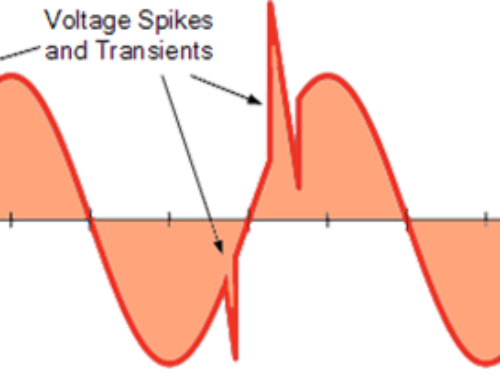The Lightning Phenomenon
The word electricity comes from elektron, the Greek word for amber. Philosophers 2,500 years ago were astounded to note that amber could attract other objects when rubbed. This attraction is the result of induced differences in electrical charges, which Benjamin Franklin postulated in 1747 as being positive and negative. Years later, Dr. Franklin conducted his famous kite-flying experiment proving that lightning, the supernatural thunderbolt from mythology, is a form of electricity. There, the matter rested for 150 years.
How Lightning is Formed
Lightning, often thought of as an awesome and terrifying natural phenomenon, is really nothing more than an electrical discharge that happens to be at an enormous voltage. Lightning equalizes a difference of electrical potential, whether it is between a cloud and the ground, between two clouds, or between two different areas of the same cloud.
Due to various mechanisms in storm cloud formation, such as the rising and falling of air currents carrying moisture and ice particles, a storm cloud generates an electrical charge at its center. Charged regions in a thundercloud create conductive ionization channels through the atmosphere called “stepped leaders” and an opposite electrical charge, or “shadow,” accumulates on the ground below.
These leaders jump and branch ever downward in a quest to connect with their oppositely charged shadow on the earth’s surface. As the fiercely charged electrical field builds, streamers rise from objects on the ground. When a stepped leader from the sky chooses to meet the strongest rising streamer from below, a lightning “circuit” is completed. The main lightning stroke erupts up the ionized path. Numerous additional strokes along the same channel are common, thus, creating a mesmerizing strobe light effect.

The upper part of the thunderstorm cloud becomes positively charged while the middle to lower part of the thunderstorm cloud becomes negatively charged. (Animation by the National Oceanic & Atmospheric Administration)

Animation showing how a downward leader travels towards earth, branching as it goes. (Animation by the National Oceanic & Atmospheric Administration)

Lightning strike cuased by the connection of two leaders, positive showin in blue and negative in red. (Animation from Wikipedia’s lightning article)
Types of Lightning
Cloud-to-Ground Lightning (Negative)
Cloud-to-Ground Lightning (Positive)
Ground-to-Cloud
Cloud-to-Cloud
Anvil Crawlers
Bolt form the Blue
Cloud-to-Air
Ribbon
Bead Lightning
Sheet Lightning
Ball Lightning
Heat Lightning
Sprite Lightning
Volcanic Lightning





